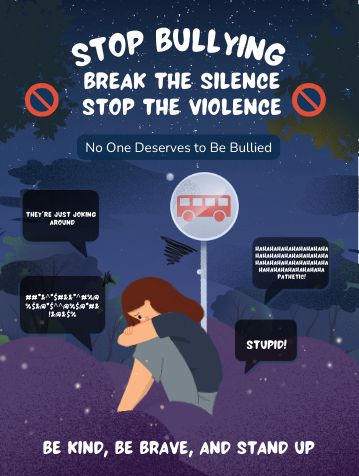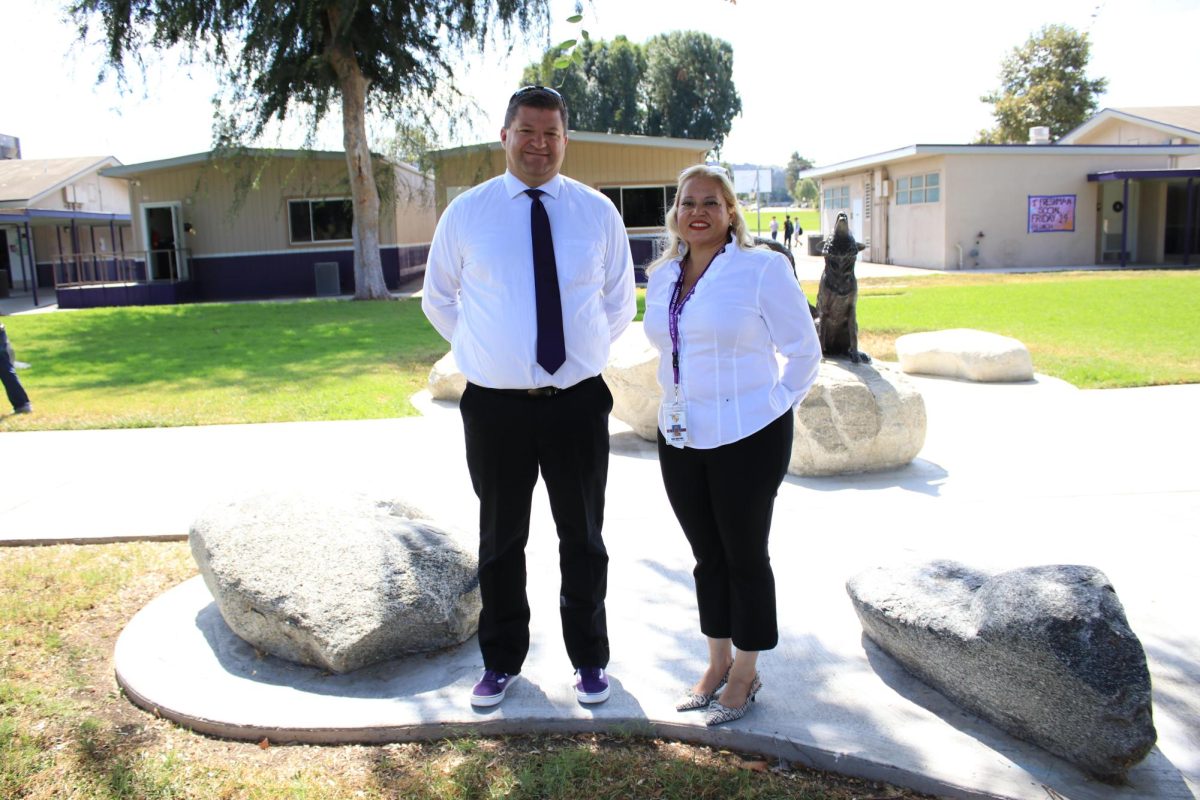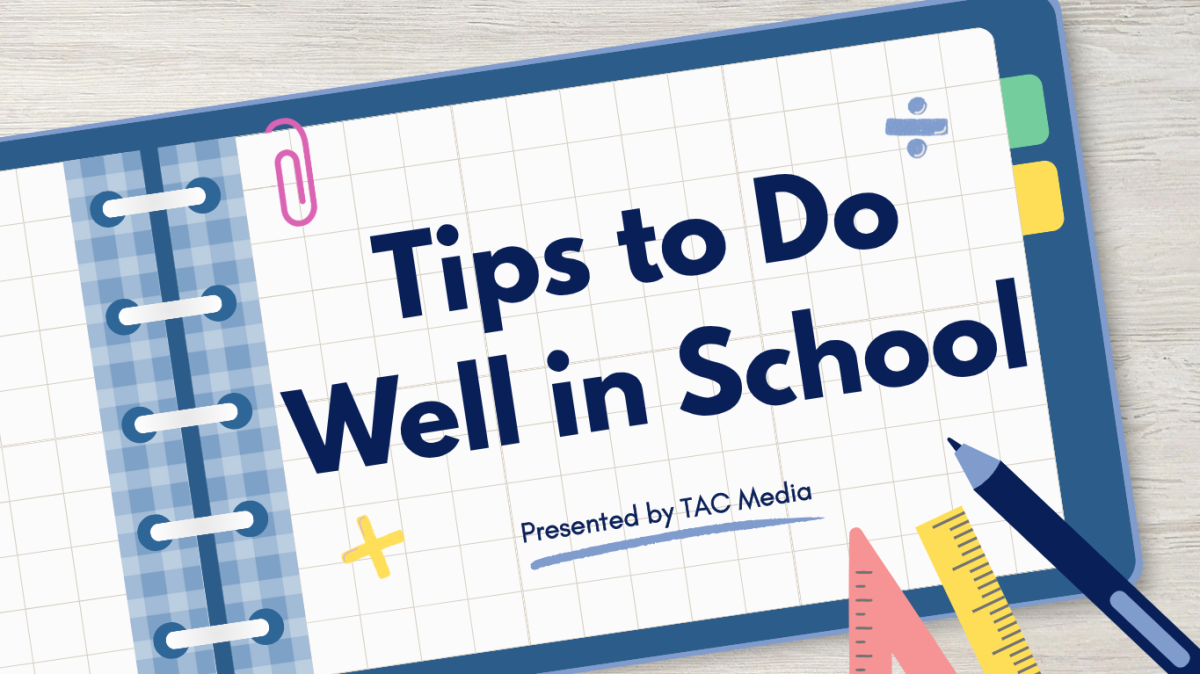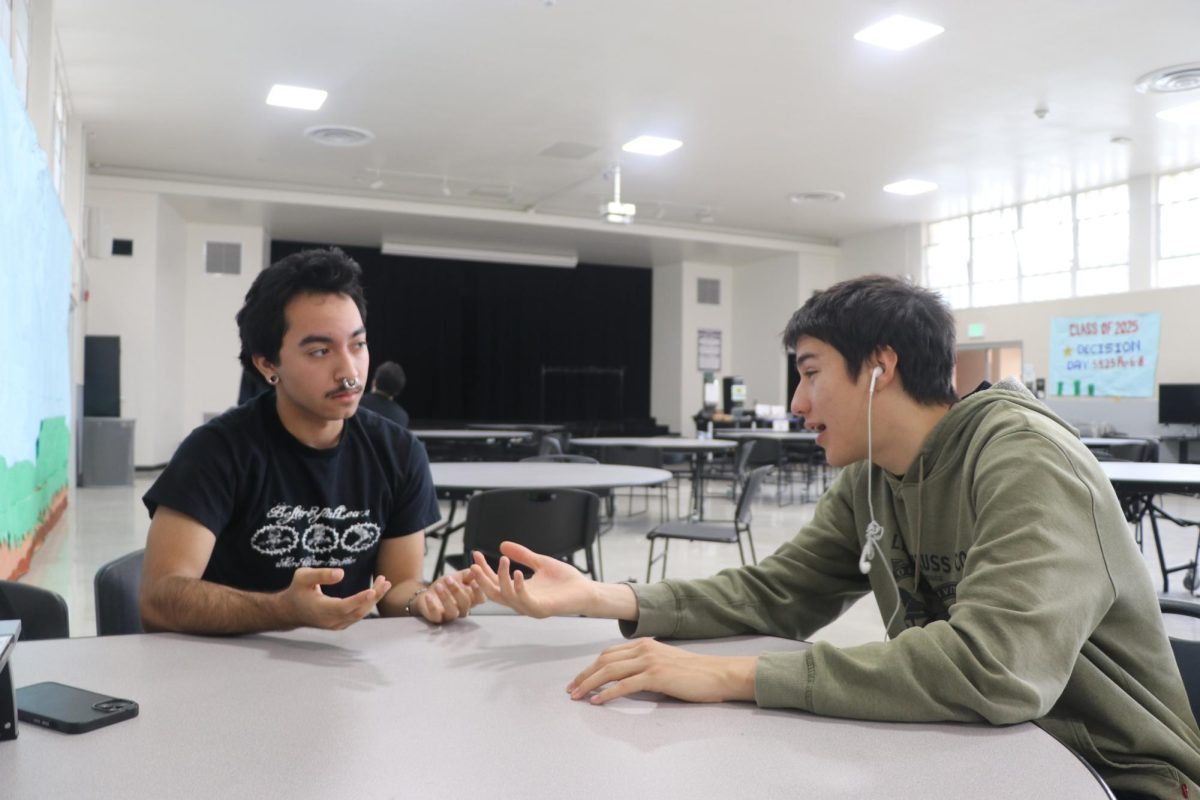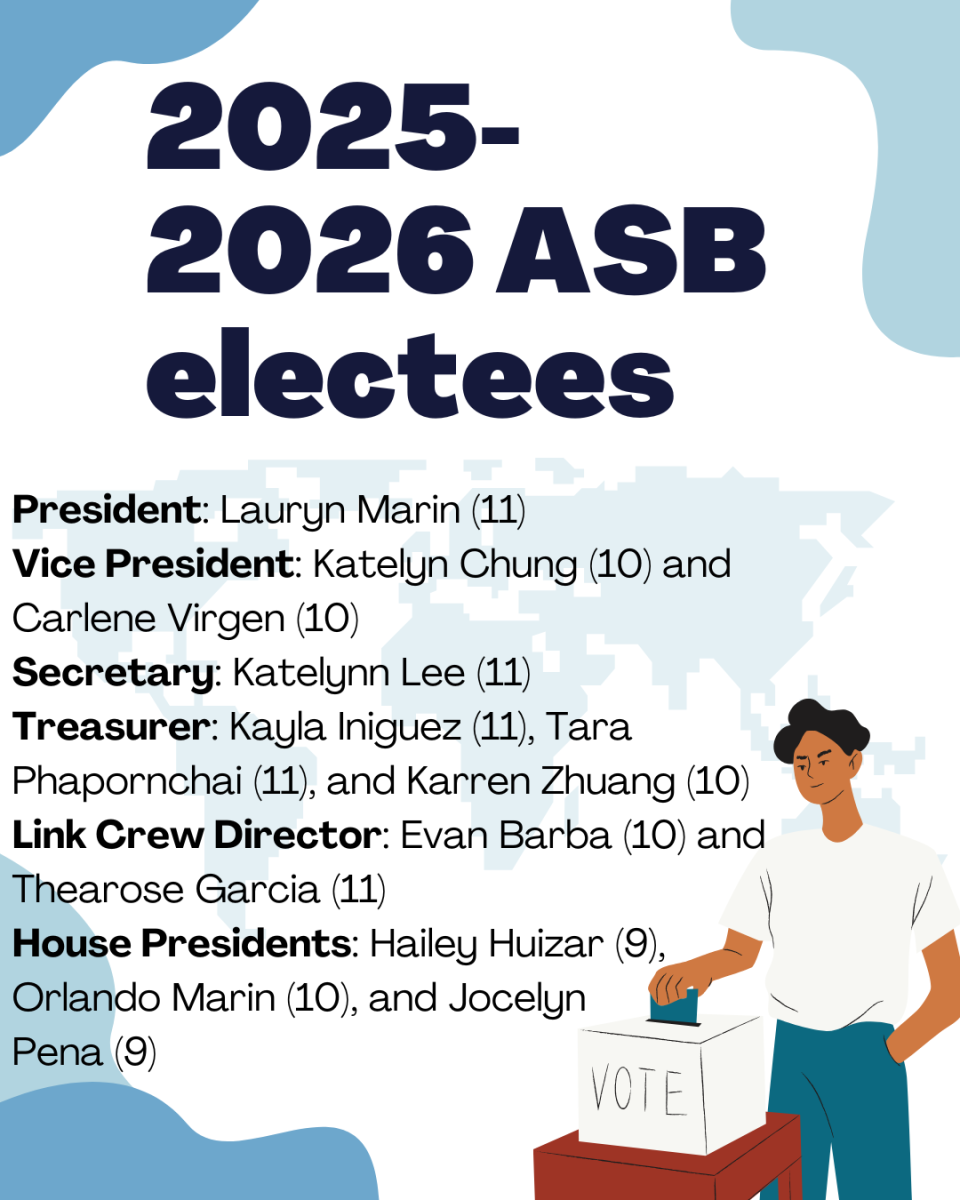What is bullying? Is it just friends joking around and messing with you? How do people know if their friends are just kidding? Do they have bad intentions? According to StopBullying.gov, a website created by the U.S. Department of Health and Human Services, the definition of bullying is an “unwanted, aggressive behavior among school-aged children that involves a real or perceived power imbalance. The behavior is repeated or has the potential to be repeated over time. Both kids who are bullied and who bully others may have serious, lasting problems.” (https://www.stopbullying.gov).
Michael Warawita, freshman, says, “Joking is when it’s actually funny, and bullying is when you hit someone really hard and you say it’s a joke, and the person gets mad.”
Jasmine DeHaro, mental health counselor, agrees with him and provides more information that bullying is “The intentional act to harm somebody, whether it’s verbally, socially, or physically.” On the other hand, she says, “Joking is more… in a playful way with friends, even though it could be hurtful… the intension is never to harm anybody in any way. I think that’s the big difference between the two.”
But why do some students bully others?
The two most common reasons are that children or teenagers feel secure about the people who support them, including their family, teachers, or even kids who have more power over them. “Some reasons are because students haven’t been taught how to have appropriate boundaries,” says Claire Contreras, high school counselor. “They think it’s ‘funny’ or it’s allowed by the other person so they keep going with the behavior, they might lack social awareness, or they lack self-confidence and bring others down with them, so to speak, or that’s how they have been treated by others so they think it’s okay, and going along with the group.“
Jasmine DeHaro backs her up by saying that “[People bully others because] maybe they’ve been bullied before… or sometimes students want to fit in with the group of people that bully others… or it’s the environment that they are in.” The other most common reason is that the child or teenager feels insecure and lacks attention about a part of their life; maybe it’s because there’s some violence at home, which can cause them to want to attain or maintain social power and grab other people’s attention.
Bullying can be a significant problem in schools. Children who have been through and experienced bullying have been significantly affected, with many being left with depression and anxiety that can lead to significant consequences, even suicide. Jasmine Deharo gives insight into this problem, saying that “Bullying can really impact somebody, not only their self-esteem, their confidence, their willingness to participate in things, their willingness to try new things…a student may isolate themselves, and then if it goes to the extreme…when bullying goes too far and students don’t feel support, then that’s when a student may take their life.” Not only does bullying affect the child that was bullied, but she says that everyone gets affected by this, including the bystanders and the child or teenager who’s doing the bullying.
An anonymous MECA student said that being a bystander “sucks. It really does. Watching someone getting laughed at and seeing their expression slowly change hurts. Sometimes, if someone I know makes fun of a person, I might get carried away and join too. I don’t realize it, but I am hurting the person, and I don’t realize it until it’s too late.” When others see bullying, they might join in, trying to harm others’ relationships to protect their own. The most common problems that bystanders can get from witnessing other people get bullied are that they tend to feel guilty about their inaction and may feel unsafe at school. This might lead to an increased risk of depression, anxiety, drug abuse, and constantly being absent from school.
There are many types of bullying, which are seen in different situations. The three main types of bullying are verbal, social, and physical. Verbal bullying is saying or writing mean things, like teasing, threatening, and name-calling. Leyna Tran, a 9th grader, has experiences with verbal and physical bullying, saying, “when I was in 8th grade, [there were] a lot of people [that] took my stuff without asking. They also threw [my stuff] all over the classroom, and I had to pick it up all by myself. They also called me very mean names… very, very mean names.” Social bullying is also referred to as relational bullying. Social bullying involves hurting someone’s reputation or relationships. Some examples are leaving someone out on purpose, telling others not to be friends with someone, spreading rumors about someone, and embarrassing someone in public. The worst out of the three types of bullying is physical bullying. Physical bullying involves hurting a person’s body and possessions. Some examples are making mean and inappropriate hand gestures, hitting someone, and taking or breaking someone’s things. (https://www.stopbullying.gov)
Each of these types of bullying can be found in many friend groups. Most of the time, this can be a joke or a tease lasting from 1 day to a week. But how much teasing is just plain bullying? Another anonymous student explained, “It starts as a light joke but slowly progresses. As the ‘teasing’ gets more serious, it just becomes clear. When you try fighting back, they just continue to keep adding fuel to the fire. Eventually, you just had enough and you have no idea what to say because the people that you trusted are now mocking you and teaming up agaisnt you.”
It’s not common to see friend groups go too far. Sometimes, it’s on accident, not knowing the limits of a joke, and doing real damage to a person. This is not only teasing but physical harm, too. Some groups get physical as a joke, with light punches and pushes. But with this, it can go too far sometimes. This can lead to actual harm and injuries, sometimes ruining relationships and tearing groups apart.
There is always some bullying throughout all friend groups, big or small. Jasmine DeHaro advises about this, saying that when students come to her for help, “[I] just validate their experience, and letting them know that when they come speak to me, it’s a safe place…[and] teach them how to assert themselves, how to ask for help, how just to talk about what they’re feeling… because bullying can really impact somebody, not only their self-esteem, their confidence, their willingness to participate in things, their willingness to try new things…student may isolate themselves, and then if it goes to the extreme…when bullying goes to far, and students don’t feel support then that’s when student may take their life.”
Bullying is a difficult issue, but there is always help, and if you are being bullied, tell an adult. Remember that you are never alone. Ask for help; here are some places to get help:
MECA’s WeTip Anonymous Reporting
National Suicide Prevention Lifeline: 1-800-273-8255
Crisis Text Line: 741741
Didi Hirsch Suicide Prevention Hotline: 877-7-CRISIS or 1-800-799-7233
National Domestic Violence Hotline: 1-800-799-7233



